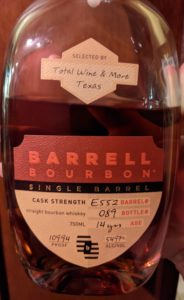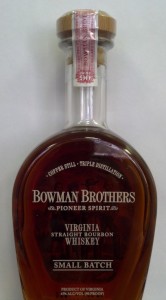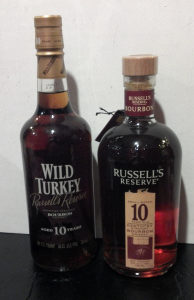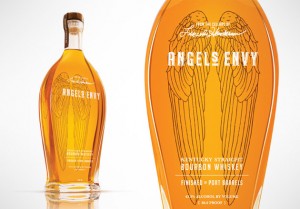Hi there. It’s been… yikes, almost 3 years since my last post. Obviously, I haven’t started the posting on promised read-through of Whiskey & Philosophy, not out of lack of interest, just because life got busy. But in lieu of that, I have been thinking for some time now about an important distinction between three ways of consuming whiskey that might be an interesting to think about. As we learned from Sidney Morgenbesser in my introductory post, in philosophy, “You make a few distinctions. You clarify a few concepts. It’s a living.”
- Tasting: Tasting whiskey in order to evaluate, analyze, often with an eye to producing tasting notes, reviewing, and ranking. (What whiskey bloggers do, in other words. 😉 )
-
Drinking: What we do when we just sit down to enjoy and appreciate whiskey, when we’re not trying to evaluate or analyze it.
-
Drunking: When we’re out not to enjoy the whiskey itself, but the psycho-physiological effects we get from drinking it.
Do these categories have any evaluative weight? Tasting and drinking both treat the whiskey as an end unto itself, whereas drunking treats it as a means to an end. It could just as well be vodka or beer for these purposes. I’m not interested in passing judgment on those engaged in drunking, per se, but from the perspective of the whiskey lover, it may seem a little disrespectful to the complex and artful process of making whiskey.
What about the difference between tasting and drinking? There’s an important place for both, it seems to me. The former is akin to the active process of aesthetic appreciation and art criticism; the latter is more like dwelling in and with aesthetically pleasing surroundings and artifacts.
One interesting thing is that different whiskeys, and different contexts of enjoyment, might be appropriate to the two activities. For instance, I would never consider tasting on ice, because it would alter the flavor in the wrong way. I might add water, but only filtered and only to bring out flavors that might be missed if the proof is too high. On the other hand, if I am just drinking, and it is hot out, or I’m in a certain kind of mood, I might add ice, or even club soda. If someone turns their nose up at that, it seems to me they’re failing to appreciate the distinction between tasting and drinking.
When I’m tasting, I’m more interested in challenging, different, and rarer whiskeys. Something that I’d only be interested in consuming an ounce of in a sitting is a perfectly worthwhile experience. On the other hand, if I’m convivially drinking, I’ll value different features of the whiskey, something less challenging, interesting but more pleasant, something that is enjoyable for a little longer, and often something considerably less expensive. Although whiskey bloggers complain about the difficulty of finding “good” whiskeys these days, and the high prices, I think there are plenty of reasonably priced and very good drinking whiskeys (Heaven Hill makes many of my favorites). They’re honestly not very interesting for tasting, but they’re absolutely lovely for drinking.
What do you think?
I’m hoping to welcome another author to blog here soon. Stay tuned.








